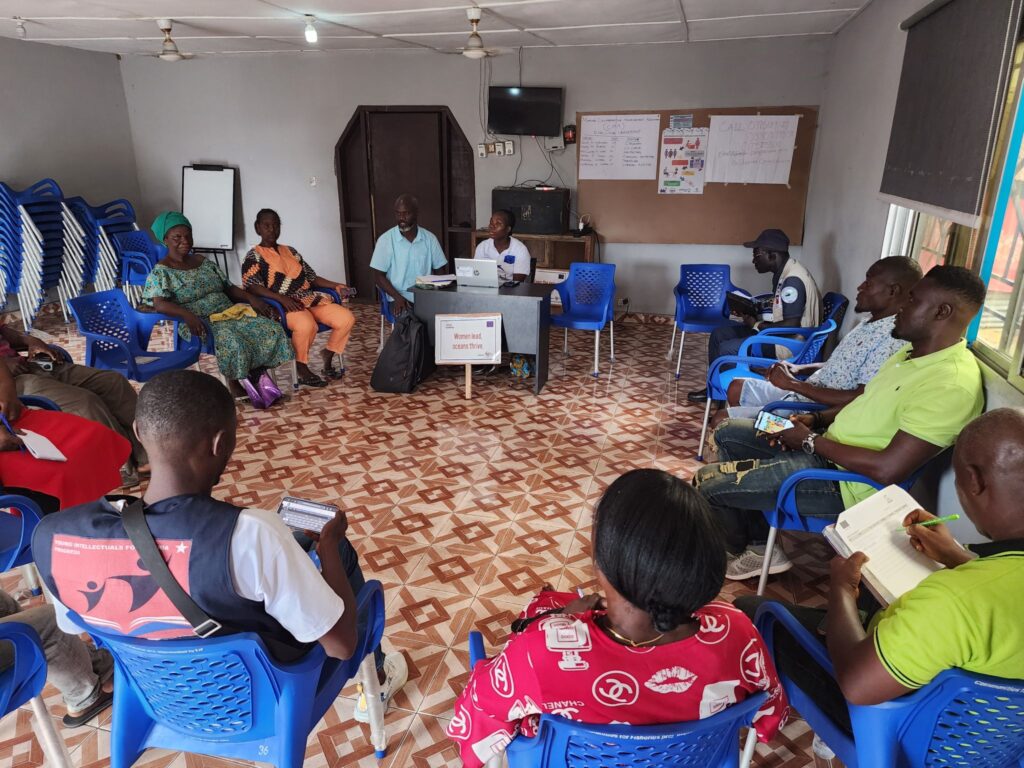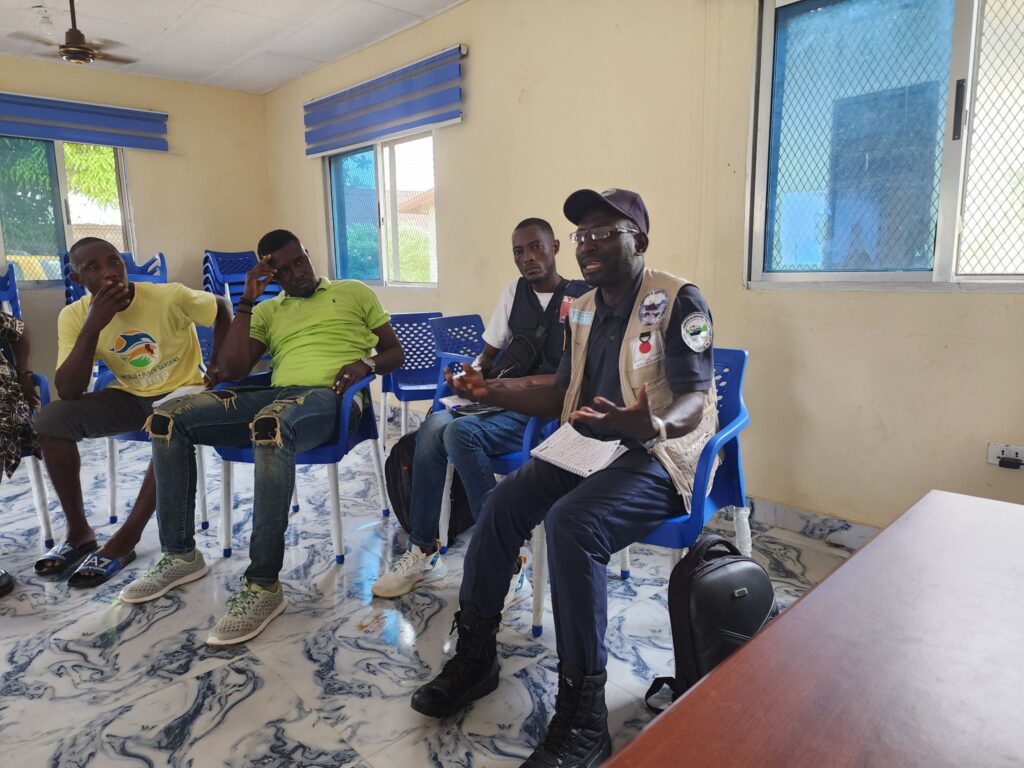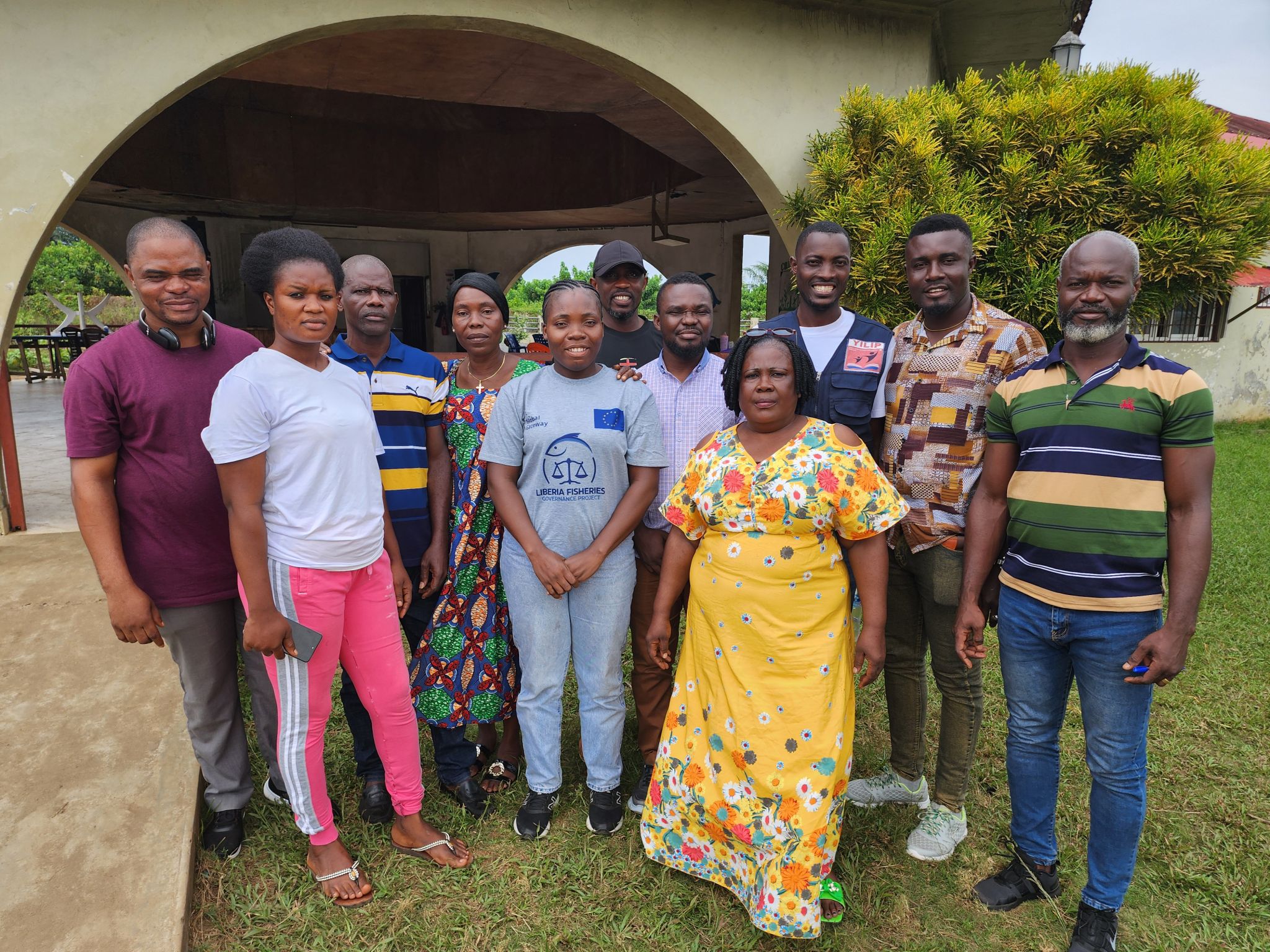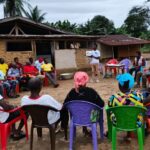The Liberia Fisheries and Governance project team, in collaboration with the National Fisheries and Aquaculture Authority (NaFAA), organized a series of four learning visits for five Civil Society Organizations (CSOs) to observe existing Collaborative Management Associations (CMAs) in Liberia. The primary objective of these tours was to equip the CSOs with practical knowledge and lessons learned from the functional CMAs, guiding them in facilitating the CMA concept in their own communities.
The group, which included NaFAA, the CSOs, and the project team, traveled to four counties in Liberia where established and operational CMAs were already making a difference. The team visited CMAs that were performing well and captured valuable insights from the communities.
 One of the key lessons learned was that enhancing women’s participation in the CMA structure requires targeted efforts, such as affirmative action, to allocate executive roles specifically for women. Additionally, to ensure the community’s buy-in and enthusiasm, community mobilization efforts must be thorough and inclusive, making sure fisherfolk fully understand the structure and benefits of the CMA concept.
One of the key lessons learned was that enhancing women’s participation in the CMA structure requires targeted efforts, such as affirmative action, to allocate executive roles specifically for women. Additionally, to ensure the community’s buy-in and enthusiasm, community mobilization efforts must be thorough and inclusive, making sure fisherfolk fully understand the structure and benefits of the CMA concept.
 Finally, the tour revealed that for the CMAs to be financially sustainable, NaFAA’s commitment to remitting 30% of canoe licensing fees at the county level is vital. This, alongside other financial strategies, will help ensure continued funding for CMA operations. These insights are instrumental in shaping the CSOs’ efforts to promote and sustain the CMA concept in their own regions, creating stronger, more resilient communities in Liberia’s coastal areas.
Finally, the tour revealed that for the CMAs to be financially sustainable, NaFAA’s commitment to remitting 30% of canoe licensing fees at the county level is vital. This, alongside other financial strategies, will help ensure continued funding for CMA operations. These insights are instrumental in shaping the CSOs’ efforts to promote and sustain the CMA concept in their own regions, creating stronger, more resilient communities in Liberia’s coastal areas.




